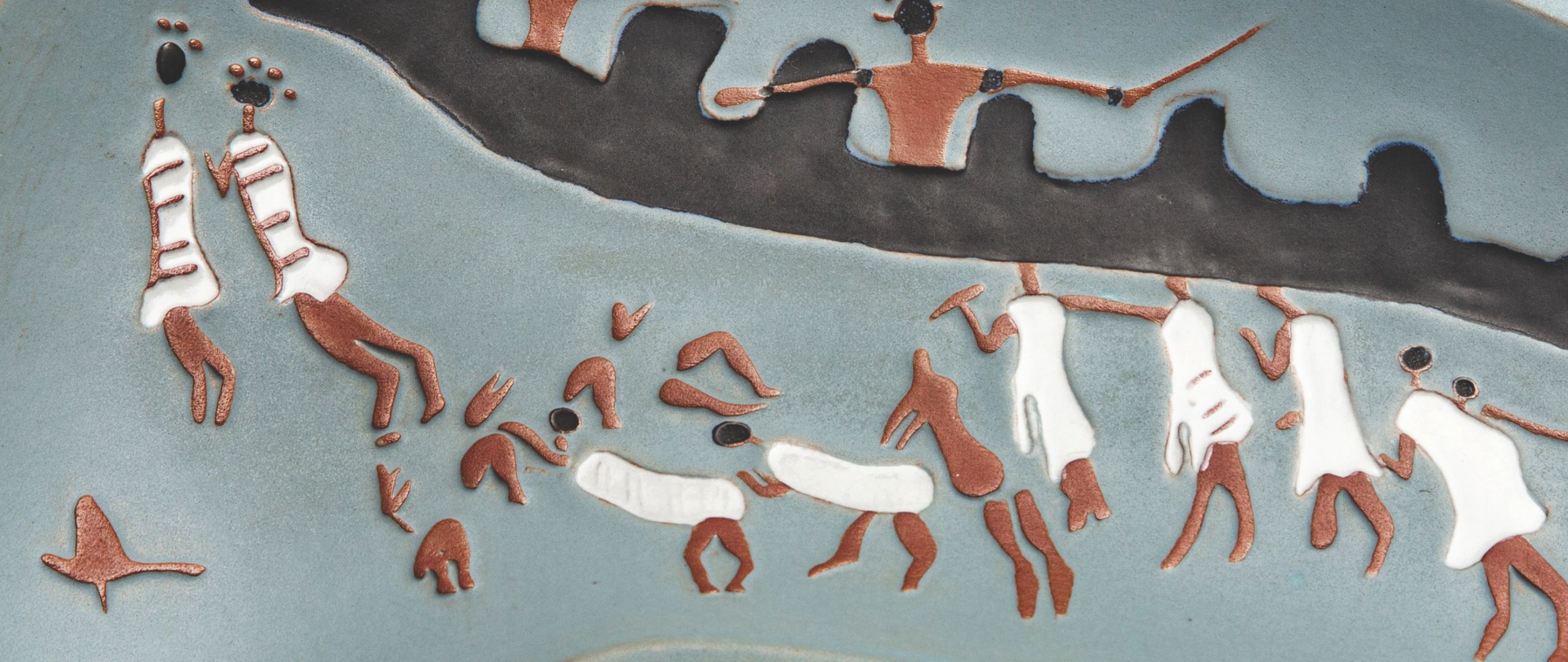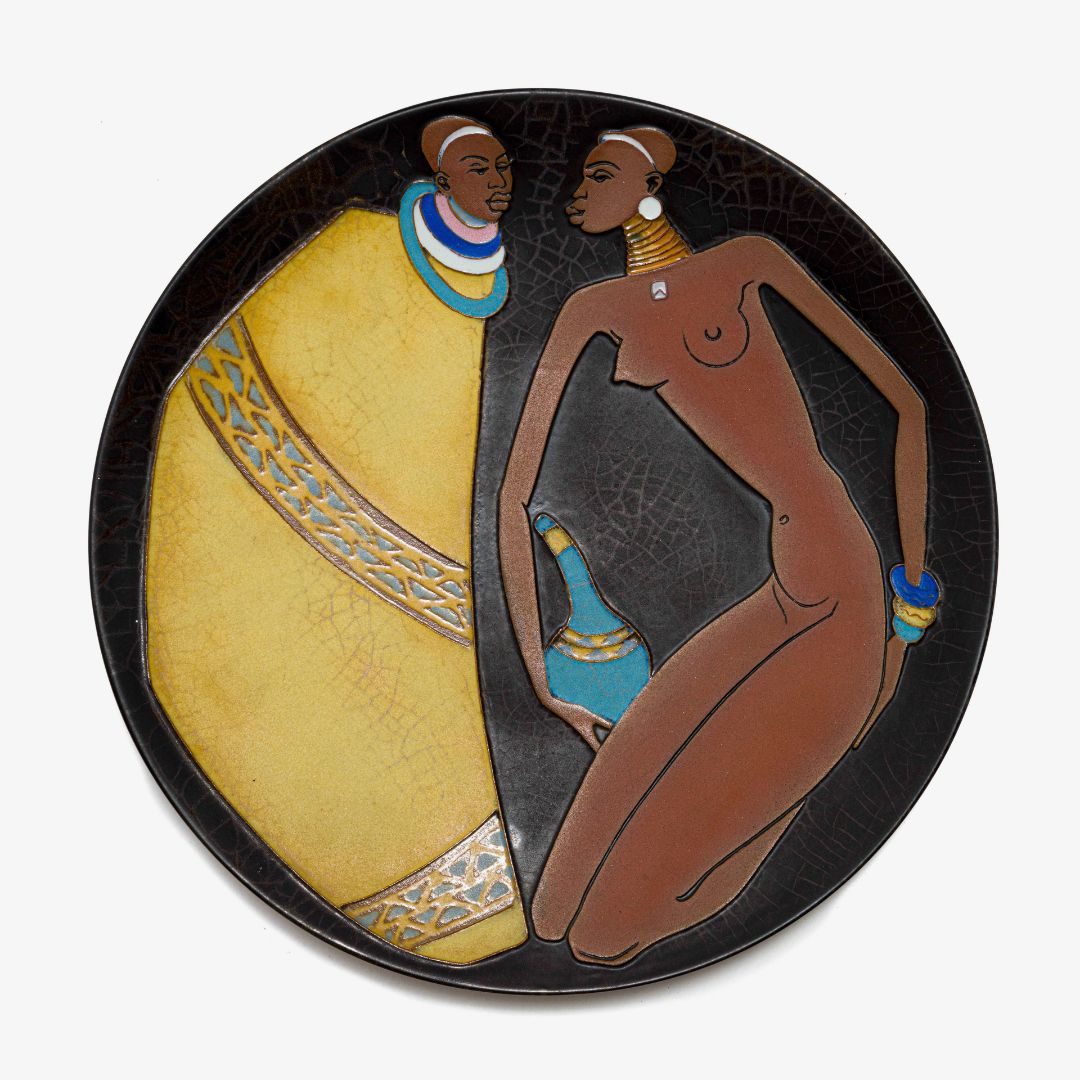Honouring the Past, Shaping Legacies
The Kalahari Studio (1948–1973) holds a unique place in South Africa’s art history, combining local cultural designs with boldly innovative modern styles to create ceramics rich in history and meaning.
Founder members of the Kalahari Studio, Aleksanders Klopcanovs and Elma Vestman manufactured a diverse variety of products, including sculptures, vases, bowls, platters and very popular wall plaques.
Figurative imagery, especially depictions of indigenous African women and elements inspired by Southern San rock art, is central to the studio’s work. These representations, set against the broader context of South African art history, engage with complex narratives through nuanced perspectives. The use of biomorphic forms, inspired by the international modernist movements of the 1950s, showcases the studio’s commitment to artistic experimentation furthered by the use of materials and techniques that are in intimate dialogue with the environment from which the work was made. Terracotta clay, often left unglazed to represent human forms, was a favoured medium, bringing to life depictions of clothing, beadwork, headdresses and local fauna and flora. The work often drew inspiration from both Nguni material culture and international influences. Vestman, especially, found inspiration inLavian folk embroidery, and needlework design elements of Scandinavian weaving.
The studio’s enduring legacy lies in its synthesis of indigenous South African forms with modernist design, leaving an indelible mark on the artistic landscape of the mid-20th century.
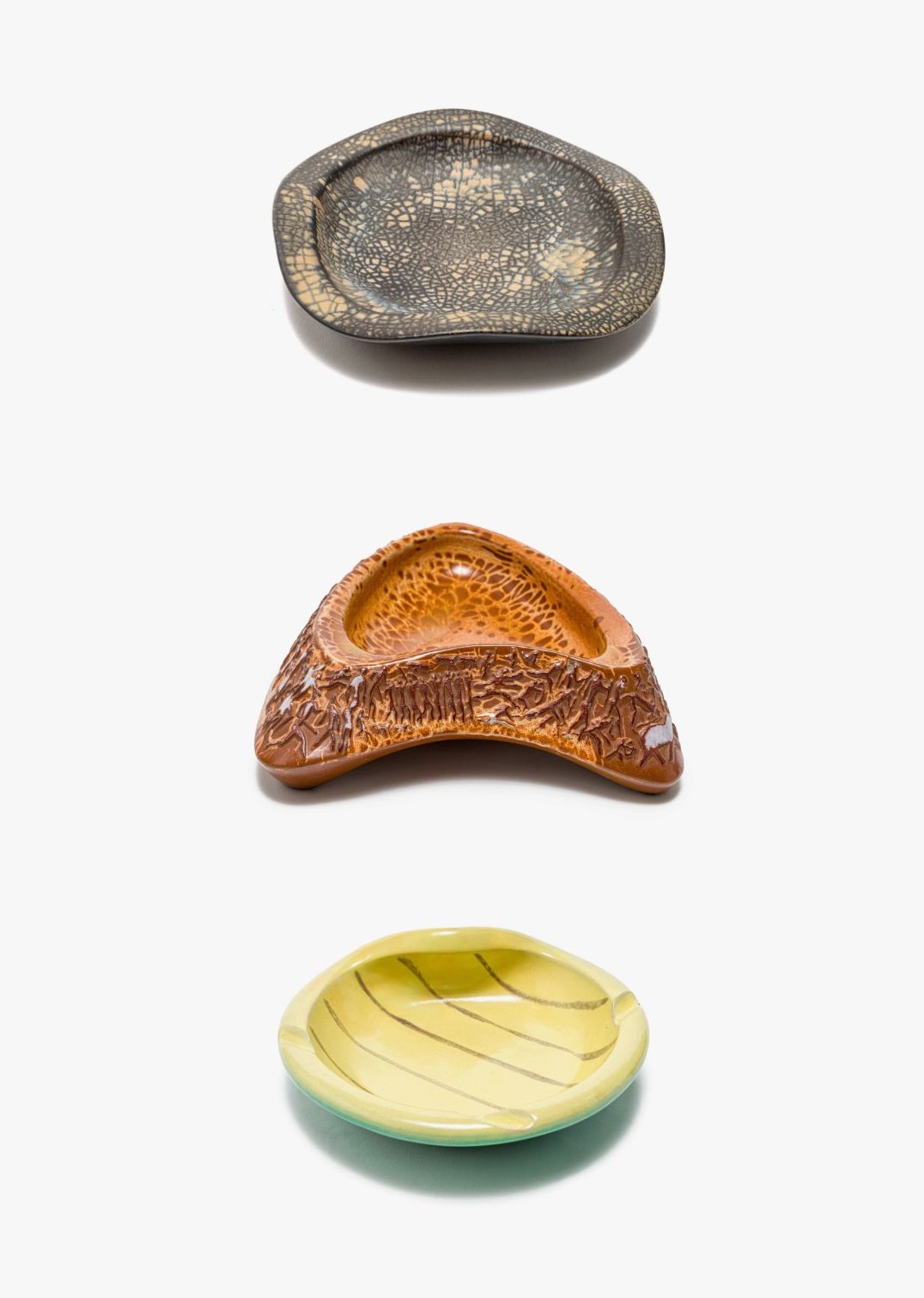
Upcoming Timed Online Auction
Kalahari Studio
Honouring the Past, Shaping Legacies
Closed 10 February 2025 from 12:00pm
“In 1948 Aleksanders Klopcanovs and Elma Vestman left Linnware and set up the Kalahari Studio in Bramley, Johannesburg. Their Bramley studio was located on a two-acre plot that was formerly a mushroom farm. In July 1950, the couple relocated the Kalahari Studio to Cape Town. Their ceramist friends in Johannesburg strongly discouraged the move, claiming that the clay from the Cape Province was inferior to Transvaal clay, but they persisted. The Kalahari premises were located at 27 Pepper Street, at the intersection of Bree Street”
— Wendy A. Gers, “South African Studio Ceramics, c.1950s: the Kalahari Studio, Drostdy Ware and Crescent Potteries.”
About
Kalahari Studio
“The Kalahari Studio was the brainchild of two Latvian immigrants to South Africa, Aleksanders (Sacha) Klopcanovs (1912-1997) and his wife, Elma Vestman (1914-1991). Klopcanovs and Vestman were trained in northern Europe in the late 1930s and early 1940s. Klopcanovs studied figurative painting, mural painting and sculpture at the Academy of Fine Arts in Riga, Latvia and Vestman majored in ceramics at the same institution (Nilant 1963:43). Both Klopcanovs and Vestman continued their studies at the Royal Academy of Arts in Stockholm, Sweden. Vestman studied under Professor Berys and later worked and studied with the acclaimed Swedish ceramist, Professor Wilhelm Kage (1869-1960), at the Gustavsberg Ceramics Factory, and at the Upsala Ekeby ceramic studio in Sweden. Klopcanovs specialised in figurative painting at the Royal Academy in Stockholm, Sweden.”
Wendy A. Gers, “South African Studio Ceramics, c.1950s: the Kalahari Studio, Drostdy Ware and Crescent Potteries.
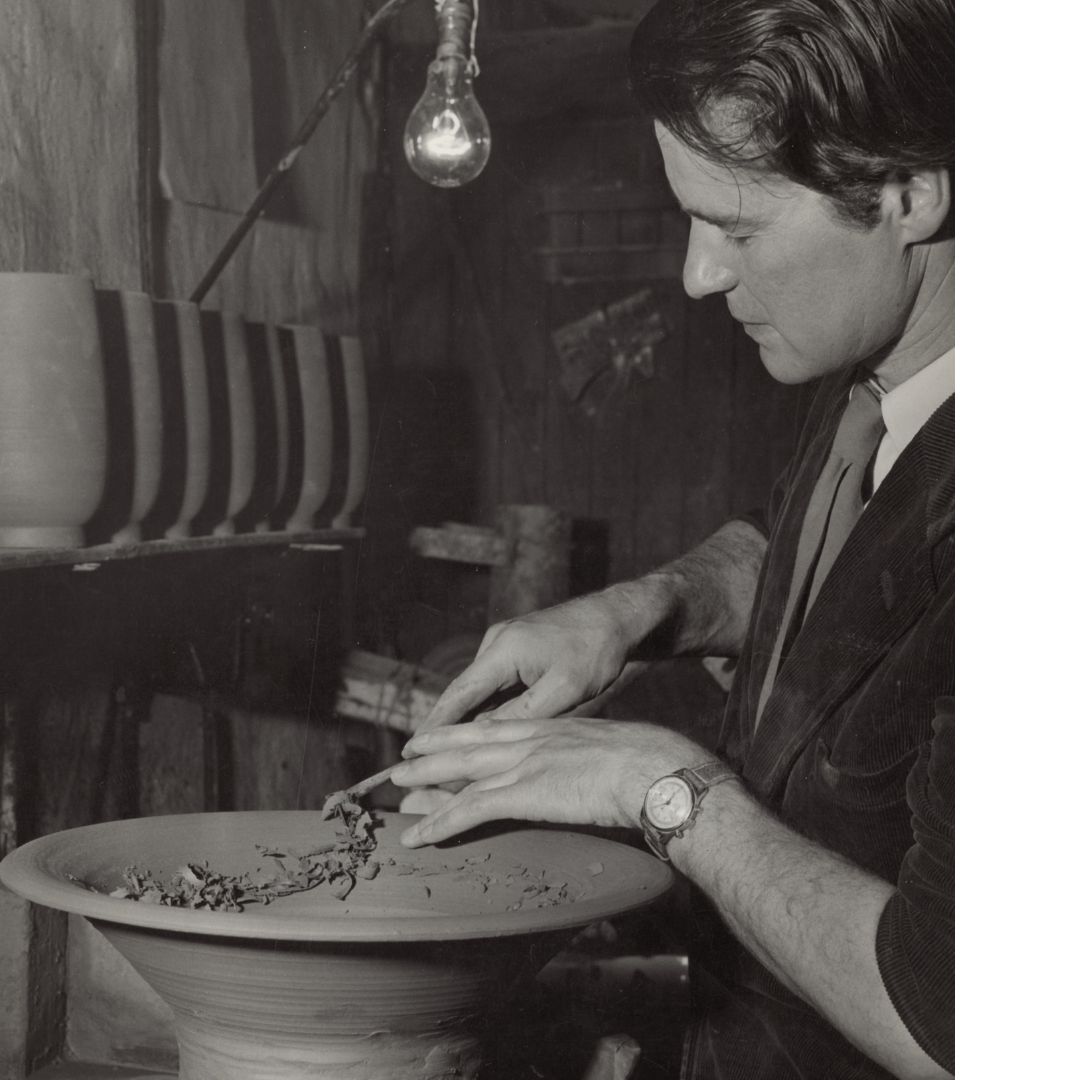
Aleksanders Klopcanovs
Uzbekistan 1912–1997
Aleksanders Klopcanovs was born in 1912 in Tashkent, the capital city of present-day Uzbekistan. In 1932, after compulsory military service in the navy, Klopcanovs entered the Academy of Fine Arts in Riga, Latvia, where he met Elma Vestman. He studied figurative painting, mural painting and sculpture. The couple fled to Sweden during World War II and continued their studies at the Royal Academy of Arts in Stockholm.
Despite his involvement with the Kalahari Studio, Klopcanovs’s primary interest was oil painting and he participated in numerous solo and group exhibitions in South Africa between 1961 and 1973. During this period, he sold paintings in Sweden and the United States. Two of Klopcanovs’s paintings are in the Museum of Modem Art (MOMA), USA. His oil paintings of the 1950s and 1960s are primarily figurative, although landscape was also an interest.
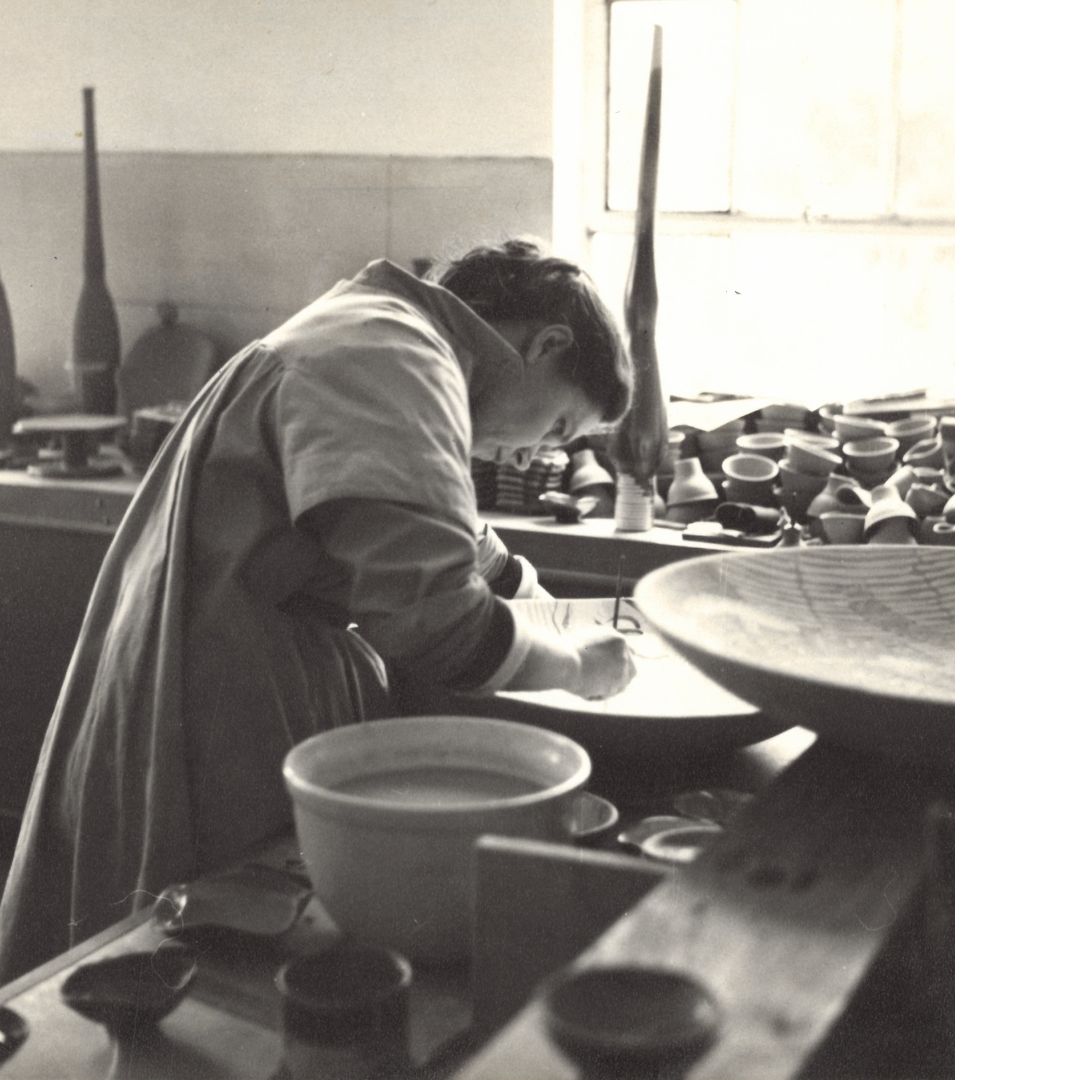
Elma Vestman
Latvia 1914–1991
Not much is known about the early life of Elma Aleksandra Vestman. She was born in 1914 in Lubana, in the Vidzenes Seta province of Latvia, into a family of peasant farmers, and had one sister. She majored in ceramics at the Academy of Fine Arts in Riga, Latvia. At an early age she was married to a Mr Ozolins. While studying in Riga in the late 1930s or early 1940s, Vestman met Aleksanders Klopcanovs, whom she married on 6 March 1968 in South Africa.
“Vestman chose the name Kalahari as it reflected their new home country to her. The word Kalahari evoked both the desert tones and the terracotta colour of the earthenware clay that they used. While the name had associations with the vast African desert that stretches from the North-West Province in South Africa, to northern Namibia and through Botswana, for the Klopcanovs it also had Scandinavian links.”
— Wendy A. Gers, “South African Studio Ceramics, c.1950s: the Kalahari Studio, Drostdy Ware and Crescent Potteries.”
Events
Book Launch & Exhibition
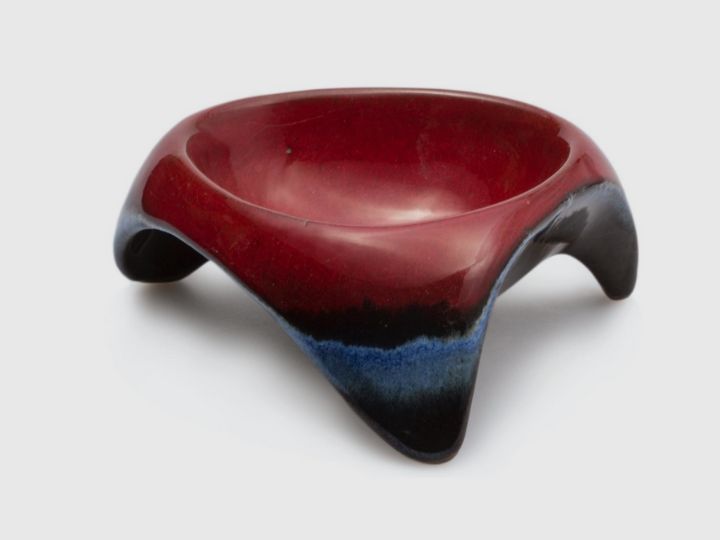
Art Club
4 February 2025 in Johannesburg
89 Central Street, Houghton Estate, Johannesburg
Kalahari Studio: Modernist Design, African Spirit written by Antonio Fornali. Wilhelm van Rensburg, Senior Art Specialist and Head Curator will be in discussion with Tony Fornali about the book.
This will take place during our Art Club event on Tuesday, 4 February 2025 starting at 5:30pm for 6:00pm, at 89 Central Street, Houghton, Johannesburg.
The author categorises the creative Studio output into chapters which align to the broad understanding of modern design and African influence.
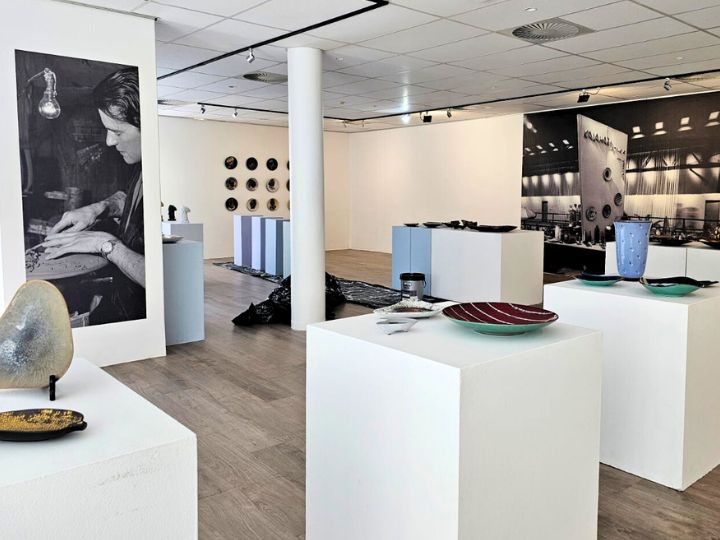
Exhibition
3 – 28 February 2025 in Johannesburg
89 Central Street, Houghton Estate, Johannesburg
Strauss & Co invites audiences to celebrate this legacy through a special exhibition of Kalahari Studio’s work, drawn from the extensive private collection of Tony Fornali. The exhibition coincides with the launch of Fornali’s definitive book on the studio, ensuring that the story of this remarkable artistic endeavour continues to inspire and inform future generations.
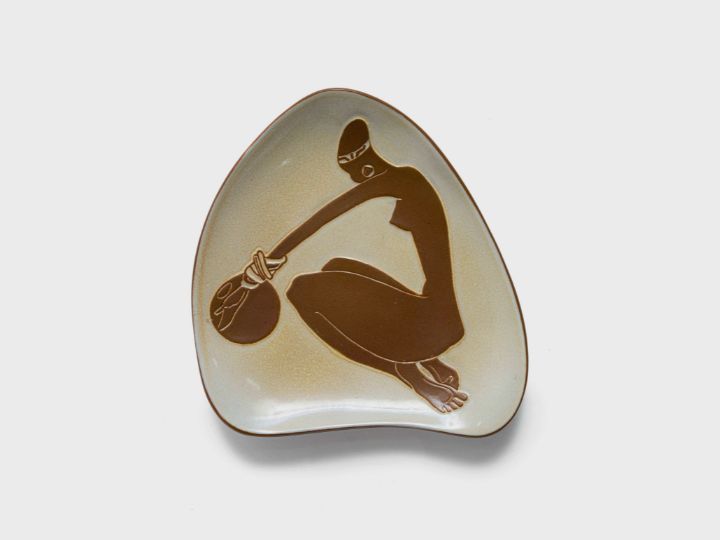
Art Club
4 March 2025 in Cape Town
Strauss & Co, 2nd floor, Brickfield Canvas, 35 Brickfield Road, Woodstock, Cape Town
Kalahari Studio: Modernist Design, African Spirit written by Antonio Fornali.
This will take place during our Art Club event on Tuesday, 4 March 2025 starting at 5:30pm for 6:00pm.
The author categorises the creative Studio output into chapters which align to the broad understanding of modern design and African influence.
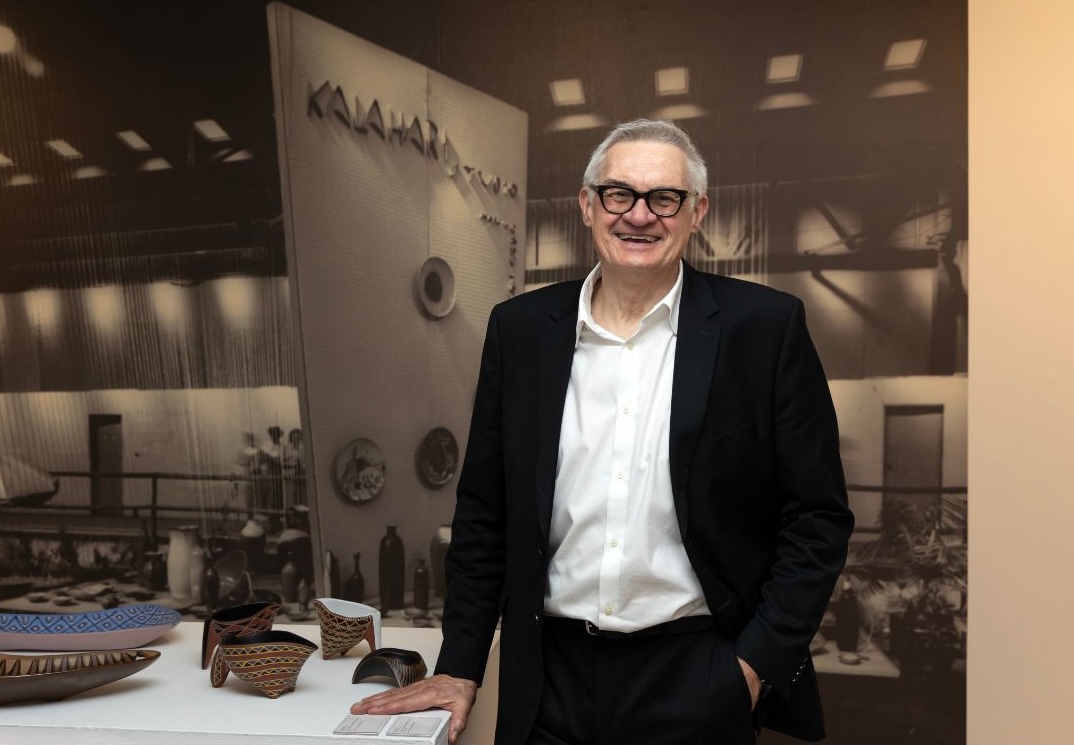
Join a walkabout
Please join the Strauss & Co specialists for a walkabout of the exhibition.
